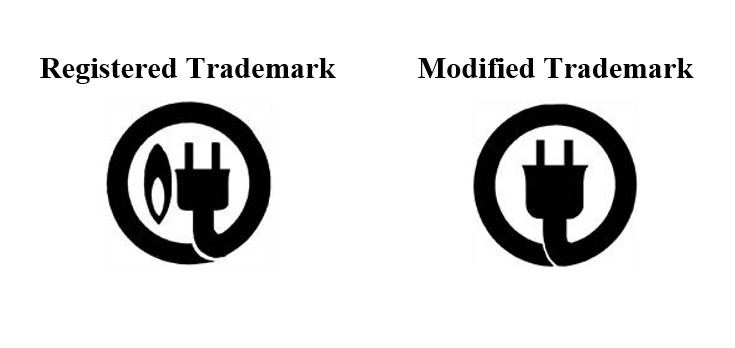From Logo to No-Go: Understanding the Risks of Refreshing Branding
Businesses frequently update and refresh their branding with the aim of maintaining brand recognition while creating a modern look and feel to keep or gain consumer interest. While there may be significant marketing advantages to a branding refresh, businesses should take care to ensure that any branding update is done in lockstep with their trademark strategy.
In particular, branding updates may inadvertently expose trademark owners to applications for expungement of registered trademarks for non-use. In some cases, a refreshed logo may be considered an entirely new mark, meaning that the mark as originally registered is not being used at all.
For trademark owners considering branding updates, the relevant questions are: What degree of alteration is permissible under current registrations? When do I need to consider a new trademark registration?
The Test
When assessing whether a refresh constitutes use of an existing registration, recent jurisprudence has reinforced that the following test is to be applied:[1]
- Would the differences between the registered mark and the new mark likely deceive the public as to the origin of the goods or services?; and
- Is the new mark used in such a way that the trademark has not lost its identity and remains recognizable in spite of the differences between the form in which it was registered and the new form?
In applying the test, a focus of the inquiry is whether all of the dominant features of the trademark as registered have been maintained in the update.
The case law reveals that the application of the test can lead to varied results.
Wordmarks
Trademarks registered only in textual form afford their owners the greatest degree of flexibility, as the registration of such a mark may be used in any font, size or colour. However, there are limits to this creative freedom. For example, a wordmark adding other elements to the registered mark could result in the formation of a “composite mark,” which may not constitute use of the registered mark.
Examples:
The combination of the words CII, HONEYWELL and BULL might form the composite mark “CII HONEYWELL BULL” but use of that composite mark was found to not constitute use of the registered trademark BULL.[2]
In contrast, addition of the word COMPANY to the words NORTH BREWING to form “NORTH BREWING COMPANY” was deemed an inconsequential or minor addition, with the dominant feature maintained, i.e., the words “North Brewing.”[3]
Design Marks
With design marks, the design itself (which may include specific types of fonts, colours and pictorial elements) is the protected mark. Changes to design marks must be carefully managed to ensure that they do not undermine the mark’s original identity and preserve its dominant features.
Examples:

The Federal Court of Appeal[4] found that use of the modified mark above constituted use of the mark as registered. In particular, it found that the two penguins differed only in minor details, and that the modified penguin was merely a variation that retained the same dominant features of the original.
In contrast, consider the following logos dealt with by the Trademarks Opposition Board (“Board”):

Here, the Board determined that the update went too far. It found that a dominant feature of the design, namely the person together with the “zigzag” lines under its feet, was not preserved, nor was the person as the “M” in “MAGS.” Moreover, the Board found that the transition from “MAGS” to “MAG” was a significant change, leading to its conclusion that the modified mark had deviated too far from its original form and thus was not covered under the original registration.[5]
Similarly, the Board found the following modified trademark to also not be covered by its original registration:

The Board found the “flame design” to be a dominant element of the mark as registered. Since the modified mark omitted the flame design, the alteration was deemed “more than minor” and use of the updated mark was not found to be use of the mark as registered.[6]
Conclusion
As the above examples illustrate, it can be difficult to predict how much variation will be permissible under an existing registration. As a result, a prudent trademark owner should consider a comprehensive strategy which may include wordmarks in addition to design marks and new filings when brand updates are being contemplated.
The Trademarks & Branding Group at Aird & Berlis LLP is made up of experienced trademark experts available to provide tailored advice and guidance on effectively managing branding updates and protections. Please contact a member of the group if you have questions or require any assistance regarding trademark modifications.
[1] North Brewing Company Ltd. v. DLA Piper (Canada) LLP, 2023 FC 1188, at paras 38-39.
[2] Registrar of Trade Marks v. CII Honeywell Bull, [1985] 1 FC 406, at 409.
[3] North Brewing Company Ltd. v. DLA Piper (Canada) LLP, at para 51.
[4] Promafil Canada Ltée v. Munsingwear Inc., 1992 CanLII 12831.
[5] Magaschoni Apparel Group, Inc v. Kappetein, 2007 CanLII 80987.
[6] MacLeod Dixon v. Alberta Power Limited, 1999 CanLII 19517.

